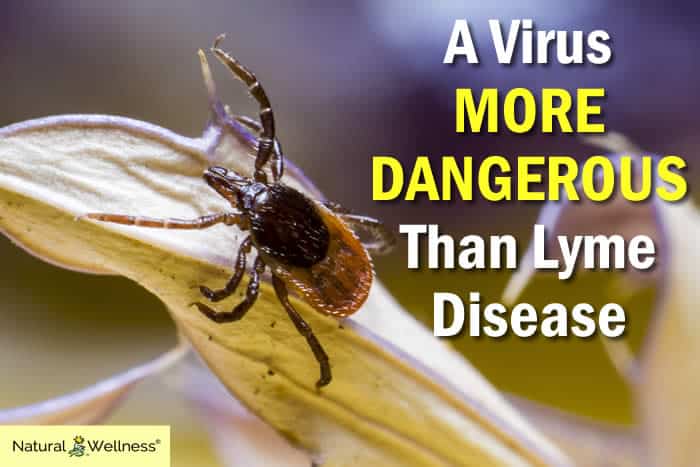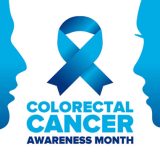

With summer rapidly approaching, it’s time to shed those extra layers of clothing and bask in the glory of nature. Losing those extra layers may garner you some extra attention, though not from a charming admirer – but a blood-sucking bug.
June lies right in the middle of tick season in the U.S. and, as we’ve recently discussed, that puts Americans at greater risk for Lyme disease. Lyme disease can be difficult to identify because the symptoms may be mild or misinterpreted as a summer flu. If left untreated, the consequences can be much more severe.
Unfortunately, Lyme disease is not the only tick-borne illness to watch out for this summer. Powassan (POW) virus disease, though rare, is even more dangerous.
What Is POW Virus Disease?
Like Lyme disease, POW virus disease is spread by ticks. Named after Powassan, Ontario, where it was first identified in 1958, POW belongs to a family of viruses that includes West Nile virus. Unlike Lyme, which can only be spread by deer ticks, POW can be spread by three different types of ticks.
So far, there have been less than 100 cases of Americans infected with POW virus disease in the last 10 years. However, tick populations are on the rise (due to increasingly warmer winters), and experts predict that cases of POW are likely to rise with them.
Symptoms of POW Virus Disease
According to the Centers for Disease Control and Prevention, the incubation period for POW may range between one week and one month.
After being bitten, a victim may experience:
- Fever
- Headache
- Vomiting
- Weakness
- Confusion
- Loss of coordination
- Seizures
Some may develop no symptoms at all, which is what makes the disease so deadly.
Longer term symptoms include:
- encephalitis (inflammation of the brain)
- meningitis (inflammation of the membranes surrounding the brain and spinal cord)
According to Dr. Jennifer Lyons, chief of the Division of Neurological Infections and Inflammatory Diseases at Brigham and Women’s Hospital in Boston, everyone is at risk for POW, no matter how healthy. “About 15 percent of patients who are infected and have symptoms are not going to survive,” she said. “Of the survivors, at least 50 percent will have long-term neurological damage that is not going to resolve.”
8 Ways to Protect Yourself From POW
There is no known medicine or vaccine that can treat POW virus disease, so the only way to combat it is to prevent yourself from being bitten. In the United States, most infections have occurred in the northeast and around the Great Lakes. People facing the highest risk are those with greater exposure to infected ticks (e.g., those who live, work, or vacation in forested areas). Remember, ticks are most active from late spring to early summer, as well as mid-fall.
-
- If you plan on venturing into the forest this summer, keep clear of tall grass and always remember to apply insect repellent.
In addition, the CDC recommends the following measures to prevent infection:
- Avoid contact with ticks by avoiding wooded and bushy areas with high grass.
- Apply insect repellent to bare skin, according to label instructions.
- Clothing and gear can be treated with permethrin, which remains protective through several washings.
- Find and remove ticks immediately before they have a chance to bite and attach.
- Bathe or shower (preferably within 2 hours after being outdoors) to wash off and find ticks on your body.
- Conduct a full-body tick check (parents should thoroughly check children, especially in their hair).
- After a walk, examine your clothing, gear and pets.




